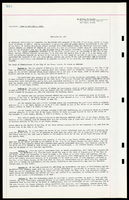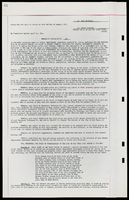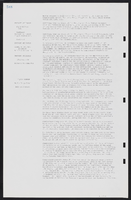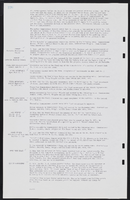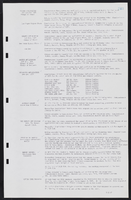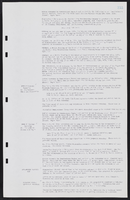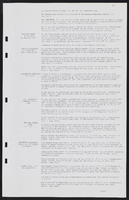Search the Special Collections and Archives Portal
Search Results
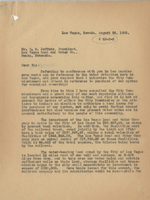
Letter from Walter R. Bracken (Las Vegas) to W. M. Jeffers (Omaha), August 26, 1935
Date
1935-08-26
Archival Collection
Description
General overview of the Las Vegas water situation, covering possible municipal ownership, the Las Vegas Springs, irrigation on the Las Vegas Ranch, and more.
Text
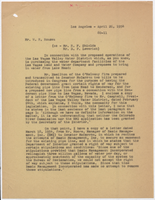
Letter from E. E. Bennett (Los Angeles) to W. R. Rouse, April 26, 1954
Date
1954-04-26
Archival Collection
Description
The Department of the Interior was demanding three million gallons of water a day in return for approval to operate a pipeline from Lake Mead to Basic Management Inc.
Text
Pagination
Refine my results
Content Type
Creator or Contributor
Subject
Archival Collection
Digital Project
Resource Type
Year
Material Type
Place
Language
Records Classification

